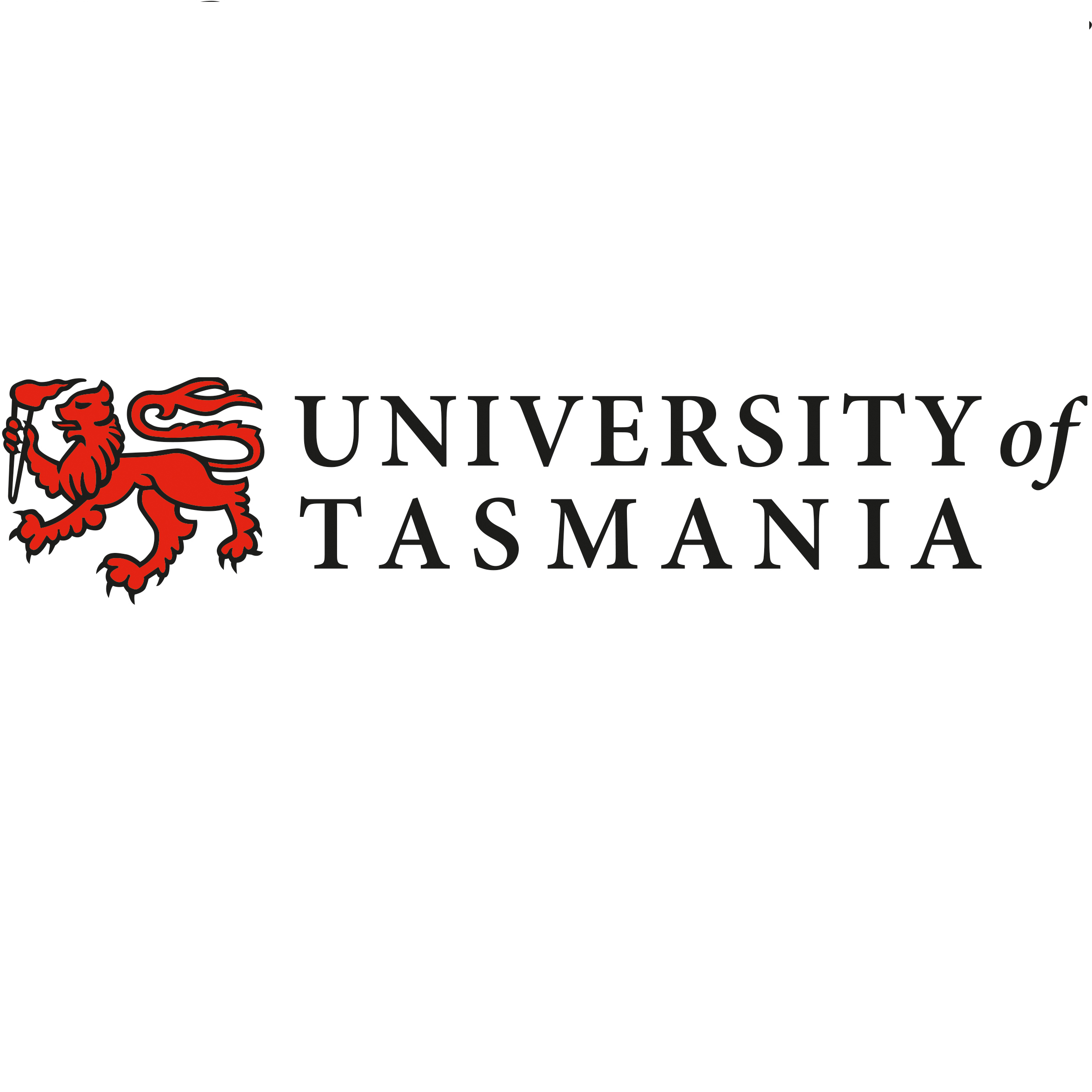Full description
Seasonal patterns in the in situ ecophysiology of the common habitat-forming seaweeds Ecklonia radiata, Phyllospora comosa, and Macrocystis pyrifera were investigated at different latitudes and depths in southeastern Australia. We used multiple performance indicators (photosynthetic characteristics, pigment content, chemical composition, stable isotopes, nucleic acids) to assess the ecophysiology of seaweeds near the northern and southern margins of their range, along a depth gradient (E. radiata only), over a two year period (September 2010 – August 2012).Lineage
Maintenance and Update Frequency: notPlannedNotes
CreditAustralian Research Council (ARC) grant DP1096573
To determine similarities and differences in the ecophysiology of temperate habitat-forming seaweeds across a depth and latitudinal gradient.
Data time period: 2010-09-27 to 2012-08-07
text: westlimit=147.90; southlimit=-43.25; eastlimit=148.05; northlimit=-43.10
text: westlimit=152.15977; southlimit=-32.75; eastlimit=152.35; northlimit=-32.55
text: uplimit=31; downlimit=4
User Contributed Tags
Login to tag this record with meaningful keywords to make it easier to discover
(DATA ACCESS - seasonal, depth and ecophysiological measurements [direct download])
MAP - Sampling sites (imas:ARC_EFlukes_Ecophysiology_three_habitat_forming_seaweeds_se_australia)
uri :
https://geoserver.imas.utas.edu.au/geoserver/wms![]()
This OCG WFS service returns the data for download in subsettable CSV format. (imas:ARC_EFlukes_Ecophysiology_three_habitat_forming_seaweeds_se_australia)
uri :
https://geoserver.imas.utas.edu.au/geoserver/wfs![]()
(View and download this data through the interactive IMAS Data Portal.)
uri :
https://data.imas.utas.edu.au/portal/search?uuid=f5748c26-2fe9-47bd-b8bb-1e90c032de16![]()
ror :
00arpt780![]()
ror :
00arpt780![]()
ror :
00arpt780![]()
ror :
00arpt780![]()
- DOI : 10.4226/77/57216BA85940C

- global : f5748c26-2fe9-47bd-b8bb-1e90c032de16


